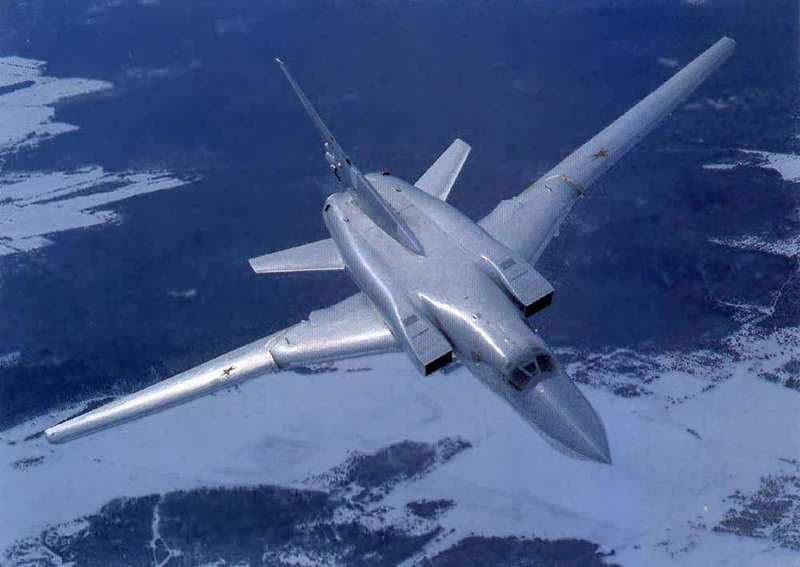Implementing the Maritime Strategy: Integrated Missile Defense from the Sea
 Ballistic missile defense from the sea – over the last six months the concept has moved further from test and development to operational reality. Demonstrated capabilities are expanding the envelope and being delivered to certain designated ships within the fleet. The question is – in describing these recent advances in ballistic missile defense, including the nation’s strong commitment and cooperation with international partners, what does that portend for the Navy and the Maritime Strategy?
Ballistic missile defense from the sea – over the last six months the concept has moved further from test and development to operational reality. Demonstrated capabilities are expanding the envelope and being delivered to certain designated ships within the fleet. The question is – in describing these recent advances in ballistic missile defense, including the nation’s strong commitment and cooperation with international partners, what does that portend for the Navy and the Maritime Strategy?
In case you missed it, 2007 was a growth year for ballistic missile defense. The US, through efforts by the Missile Defense Agency and the Navy among others, demonstrated live kill capabilities across a range of threats from a simulated IR/ICBM brought down in mid-course by a California-based ground-launched interceptor, to a scenario where an Aegis BMD cruiser engaged and destroyed two near-simultaneous launched Scud-like ballistic missile targets in the mid-course flight phase. The year was capped when the Japanese destroyer Kongo completed the first maritime ballistic missile intercept by a country other than the U.S. when it destroyed a short-range ballistic missile target. It was followed in the new year with the intercept of the failing satellite and most recently, with a successful test of the sea-based terminal capability.
 2007 represented a banner year of another sorts for ballistic missiles. The rate of launches this past year was greater than in 2006 – a year marked by such signatory events as the July 4/5 North Korean missile crisis and Iran’s “Noble Prophet” exercises in the spring that unveiled the Shahab-3 MRBM with a 1300km range. And while the National Intelligence Estimate, or NIE, on Iran’s development of nuclear weapons may lead some to dismiss the threat altogether, the fact remains that Iran continues to press for and develop long(er) range missiles while working to hold international inspectors at arm’s length. And while the Six Party Accord has seen halting, inconsistent results at restraining North Korea’s nascent nuclear weapons program, there is no such progress in restraining their ballistic missile development and proliferation of the same.
2007 represented a banner year of another sorts for ballistic missiles. The rate of launches this past year was greater than in 2006 – a year marked by such signatory events as the July 4/5 North Korean missile crisis and Iran’s “Noble Prophet” exercises in the spring that unveiled the Shahab-3 MRBM with a 1300km range. And while the National Intelligence Estimate, or NIE, on Iran’s development of nuclear weapons may lead some to dismiss the threat altogether, the fact remains that Iran continues to press for and develop long(er) range missiles while working to hold international inspectors at arm’s length. And while the Six Party Accord has seen halting, inconsistent results at restraining North Korea’s nascent nuclear weapons program, there is no such progress in restraining their ballistic missile development and proliferation of the same.
So what bearing does this have on the Maritime Strategy (2007 edition)? The vintage Maritime Strategy (circa 1986) certainly wasn’t concerned about ballistic missiles outside of going after the Soviet boomers in their protected lairs. There are two important aspects – one of which is highlighted in the Maritime Strategy- the other, not quite.
In addition to the six strategic imperatives listed in the new Maritime Strategy (http://www.navy.mil/maritime/), there are six core competencies critical to its implementation. Those competencies include forward presence, deterrence, sea control, power projection, maritime security and humanitarian assistance and disaster response. Maritime BMD is singled out in one of these core competencies – deterrence. According to the Maritime Strategy, the Navy’s maritime BMD capabilities will provide an umbrella of protection to forward-deployed forces and friends and allies while contributing to the larger architecture planned for the defense of the US homeland. All well and true, but one is left with the sense that maritime BMD is pretty much a niche capability for homeland defense without much explanation or linkage to other key competencies. In light of the asymmetric threat provided by ballistic missiles – and the defense thereof, a case can be made in light of the ongoing cooperation and success between the US and Japanese navies that maritime BMD crosses into other competencies as well.
Why is this important to emphasize? Like cruise-missile defense before it, BMD will perforce have to become a core competence of the fleet and not just the province of a handful of specially configured cruisers and destroyers. BMD is a home and away game – but it is most certainly not a pick-up game. Its demands in terms of training, sensor and network resources and weapons can be daunting. Adding regional partners leverages capabilities, enhancing forward presence and maritime security while bringing about improvements via integration and interoperability. Working with partner nations and their navies early in the development process, especially those with Aegis-configured ships ensures a common baseline to work and build upon. Integrated and Combined maritime BMD also underscores the inherent flexibility of maritime forces operating from the global maritime commons. This plays to the ability of maritime forces to choose the time and locale of operations.
As we move into putting substance to the Maritime Strategy via operational concepts and force structure plans, BMD needs to be part of the core thinking – not an afterthought. When we talk missile defense we need to be thinking cruise and ballistic missile defense because the threat is very much present, growing in numbers and sophistication and maritime BMD is among our best and brightest hopes at defense. Besides those programs already online with a dedicated BMD purpose – BMD upgrades to Aegis, Sea-Based X-band radar, SM-3 Blk IB and Blk IIA, a Sea-Based Terminal capability via the SM-2 Blk IV and a follow on missile; we need to look at other programs’ contributions while avoiding stove-piped solutions. For example, is there a role for a marinized version of the Network Centric Airborne Defense Element, or NCADE (a modified AMRAAM designed to engage SRBMs in their boost phase) on the Coast Guard’s National Security Cutter? What about employing the future E-2D Advanced Hawkeye/EA-18G Growler/UCAV-N team in mobile launcher hunts? Is there a role for the SSGN? What non-kinetic methods can be brought to bear from the sea? These and other considerations need to be undertaken now, in the fuller course of debate and discussion to bring about the right kind of future fleet, fully integrated with BMD capability.





One Comment
Comments are closed.